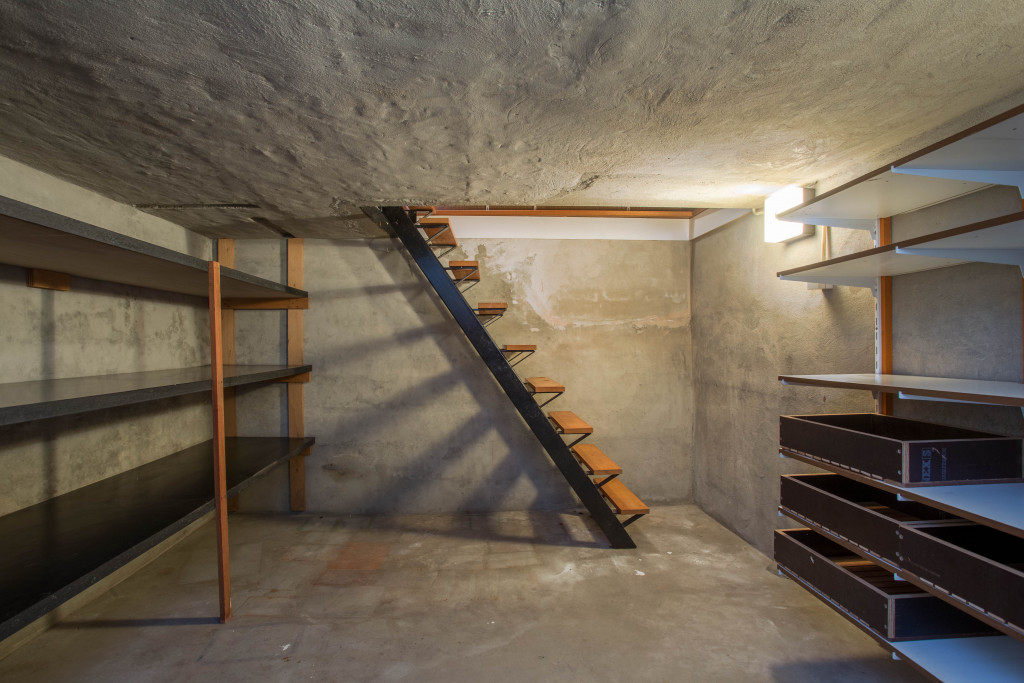Although the basement might seem like extra space for storage, equipment, or a workshop to do your DIY projects, it’s still quite susceptible to the effects of water damage. That is especially true when it’s lying just beneath the foundation of your home. As such, your basement plays a crucial role in holding in place the critical support structures of your home.
As most of us know, most of the United States will experience rainstorms and flooding at specific points of the year, especially those in low-lying areas. The overall amount of damage from flooding increases by $10 billion each year. As much as we floodproof our home, there would be a part that will get damaged by floodwater.
Naturally, water goes to the lowest point of your home. Some homes have significant storm drains and can easily filter out water that ponds in the yard and other harder-to-reach areas. However, there will be times that flooding can occur in the lowest points in homes, especially in basements that don’t have any proper drainage systems.
Although there is a multitude of reasons why most basements flood. In some cases, flooding can occur not because of improper planning on drainage systems or even sewer backup; it can be caused by water seepage through walls and sidings.
Even something as simple as a simple crack on the foundation can gradually compromise your home’s structure.
But other than these facts, what are some realistic ways of preventing damage to our basements? What will we need to avoid such a phenomenon?
What Causes Flooding in Your Basement?
Before we can address flooding of the basement, we have to first look at what usually causes flooding. By doing so, it’s easier to identify weak points and early tell-tale signs.
Poor Installation of Building Materials
Usually, the poor installation of building materials can lead to the integrity of your home being compromised.
You must employ licensed and skilled contractors who are well-versed in installing different aspects of your home. Having professional supervision can help ensure that everything will work how it’s intended while also mitigating any structural damage.
Roofs are known for being susceptible to inadequate installation procedures. Usually, metal fittings and seams are excellent ways of preventing water from seeping through nooks and crannies of your home. However, if these are improperly fitted to your roof, this can lead to more harm than good, especially when leaks will direct water towards places they shouldn’t be in.
Past Life Expectancy
Most types of construction materials will have their life expectancy. That is especially true for most walls and sidings that will act as the first and last defense line for most homes against floodwaters. For instance, roofing materials like asphalt shingles will have a lifespan of 20 to 25 years, which means that it will warp and curl after it gets past its lifespan, resulting in more leaks as water can easily seep through the gaps.
Poor Lot Grading
Another cause of flooding within these areas is an unsatisfactory lot of grading. As most of us know, water will flow towards the lowest point of your home. If your yard has a downward slope that will lead towards your basement, this can eventually lead to flooding, especially when your basement doesn’t have basement windows that are designed for being a barrier to water.
Preventive Measures

- The improper installation of your home’s sidings and roofing can cause more harm than good, especially since this can lead to leakage. You must leave the installation process to roofing and home siding installation professionals who are well-versed in ensuring that your home is floodproofed.
- Keeping your drainage system clean and waterways clear of any known debris can help stop clogging.
- You can hire a home inspector to determine cracks in your foundation that might lead to your basement.
- Most of the time, homeowners will incorporate basement windows, which are also protected by wall covers. When these are fastened on your basement windows, it’s easier to mitigate flooding.
If ever it does flood in your basement, it’s essential to keep yourself safe with the right equipment. Floodwater is known to carry different types of bacteria that can cause health complications. Most experts would suggest using chlorine bleach with at least a gallon of water to disinfect the surface of your basement. Usually, this is also a great way of preventing molds and mildews in these areas.
Overall, floodproofing your basement and making sure that it’s dry can be a daunting task, but it is possible. Although we might be fixated in our basement, we must look at the surrounding structure of our home instead since these are primary contributors to flood damage. Flooding in the basement is usually caused by various factors: the best course of action is preventing something from happening rather than having to spend on repairs.
Even though we’re tempted to do some DIY projects on our home without the need for experts, it’s still vital that you take a step back and ask yourself, “should a professional be doing this?” As much as you do want to save money on paying for professionals, it’s a necessity when it comes to construction and renovation. In the long-term, you’ll be able to save more since you won’t have to spend thousands of dollars on repairs and replacements.

